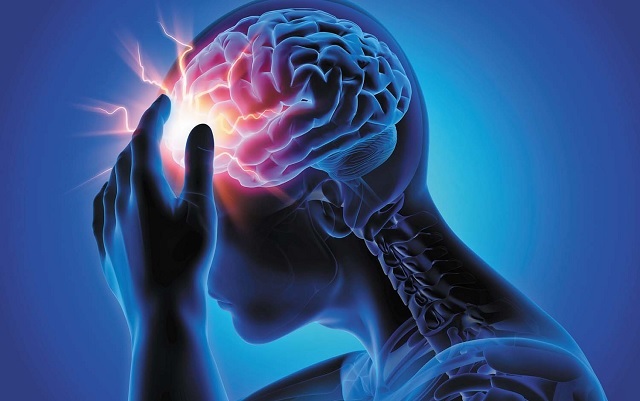
ANALYSIS | HENRY DDUNGU | Headaches can sometimes be so painful that it can make you wonder if something more serious is wrong. Most headaches are due to tension, migraines, or sinus issues, but a sudden, severe headache can be a symptom of a more urgent problem, such as a stroke.
Strokes are a life-threatening emergency. According to the World Health Organisation (WHO), 15 million people worldwide suffer a stroke annually. Of those, five million die and another five million are left permanently disabled.
Most headaches are unrelated to a stroke. However, if you or someone experiences a sudden, severe headache along with other neurological symptoms, seek immediate medical attention.
In the diagnosis and treatment of a stroke, early intervention can help to prevent permanent damage or death. There is a time-sensitive window for treatment and only a medical professional can provide a definitive diagnosis and appropriate treatment. A headache associated with a stroke is typically different from a routine headache in several ways.
A normal headache
Most headaches develop gradually and can be triggered by factors like stress, tension, lack of sleep, certain foods, caffeine, or dehydration. Pain is usually felt in the head, face, or neck, in a dull, aching, or throbbing pain. Other symptoms such as sensitivity to light or noise, nausea, and vomiting may also be experienced, but these are not typically as severe as those associated with a stroke.
Stroke-related headache
Headaches related to stroke typically occur suddenly and with intensity – often described as “the worst headache of my life”. The pain can be on one side of the head, particularly if the stroke affects a specific area of the brain. The headache may persist for an extended period, whereas routine headaches often resolve with time or after taking pain relief medication.
Stroke-related headaches are also often accompanied by other neurological symptoms, such as weakness or numbness on one side of the body, slurred speech, vision problems, dizziness, confusion, and problems with balance or coordination. Strokes can lead to paralysis, loss of consciousness, and difficulty speaking or understanding language.
What causes a stroke?
Most strokes are caused by a blockage in a blood vessel that supplies blood to the brain. This type of stroke is known as an ischemic stroke, and it occurs when a blood clot forms and obstructs the flow of blood to a part of the brain.
The most common cause of an ischemic stroke is a thrombus, which is a blood clot that forms inside a blood vessel in the brain or elsewhere in the body, then breaks loose and travels to the brain, causing a blockage.
This type of clot usually forms in arteries that have become narrowed due to atherosclerosis (buildup of fatty deposits), or in the heart in individuals with certain heart conditions, such as atrial fibrillation (AFib).
AFib is a type of irregular heartbeat with a lack of proper contraction the heart chambers (the atria) and blood clots form within the atrial. These blood clots can break off and travel through the body to block an artery elsewhere.
When a blood clot blocks a blood vessel in the brain, the brain cells in that area do not receive the necessary oxygen and nutrients, leading to damage and potentially causing stroke symptoms. The severity of the stroke and the resulting symptoms depend on the size and location of the blocked blood vessel.
According to WHO, the risk of death depends on the type of stroke. Transient ischaemic attacks (TIA) – where symptoms resolve in less than 24 hours – have the best outcome, followed by stroke caused by carotid stenosis (narrowing of the artery in the neck that supplies blood to the brain). Blockage of an artery is more dangerous, with rupture of a cerebral blood vessel the most dangerous of all.
Reducing the risk
According to the Centres for Disease Control and Prevention (CDC), many stroke risk factors are lifestyle related, and 80% of strokes are preventable. This means that leading a healthy life and managing certain medical conditions can lower the risk.
Having a stroke can be devastating to the sufferer and their families. It is a common cause of adult disability and can rob a patient of their independence. If you are at all concerned about your stroke risk, ask your healthcare provider to assess and address your individual stroke risk effectively.
*****
Dr. Henry Ddungu is a medical expert and spokesperson for the World Thrombosis Day (WTD) campaign
 The Independent Uganda: You get the Truth we Pay the Price
The Independent Uganda: You get the Truth we Pay the Price



